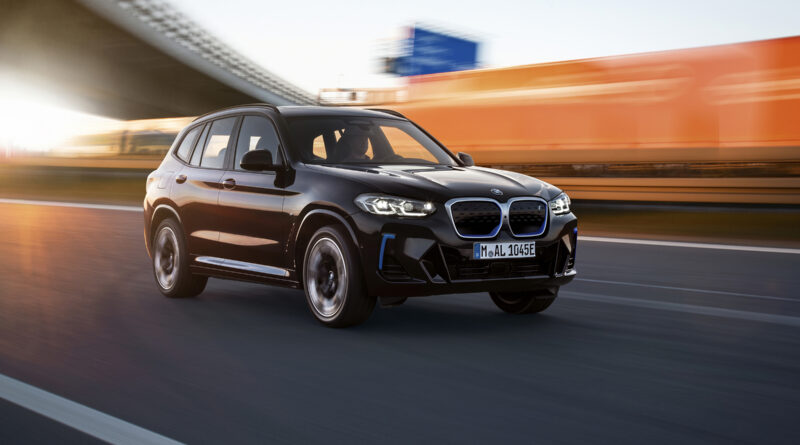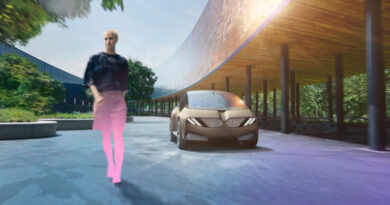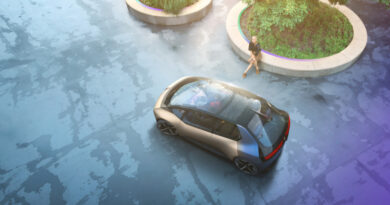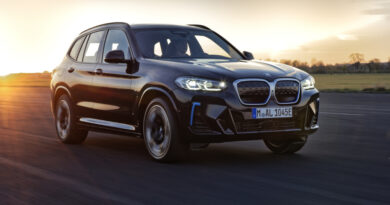Plug-in hybrid vs pure EV: Which green tech is right for you?
Produced in partnership with BMW
By now it’s pretty clear to anybody paying attention that the future of motoring is electric, and that’s a good thing for us, the planet, and our collective future.
But it does leave one pretty important question still to answer, and that is deciding exactly what type of electric vehicles is right for you. Is yours a plug-in hybrid lifestyle, for example? Or are you better suited to a full-electric switch?
To help you find out, we’re going to be taking a closer look at two beautiful BMWs — the the X3 xDrive30e plug-in hybrid, and the innovative and all-electric iX3. Both will unlock zero-emissions motoring, only they’ll do it in very different ways.
So which one would suit you best? Read on or watch the video below to find out.
TECHNOLOGY
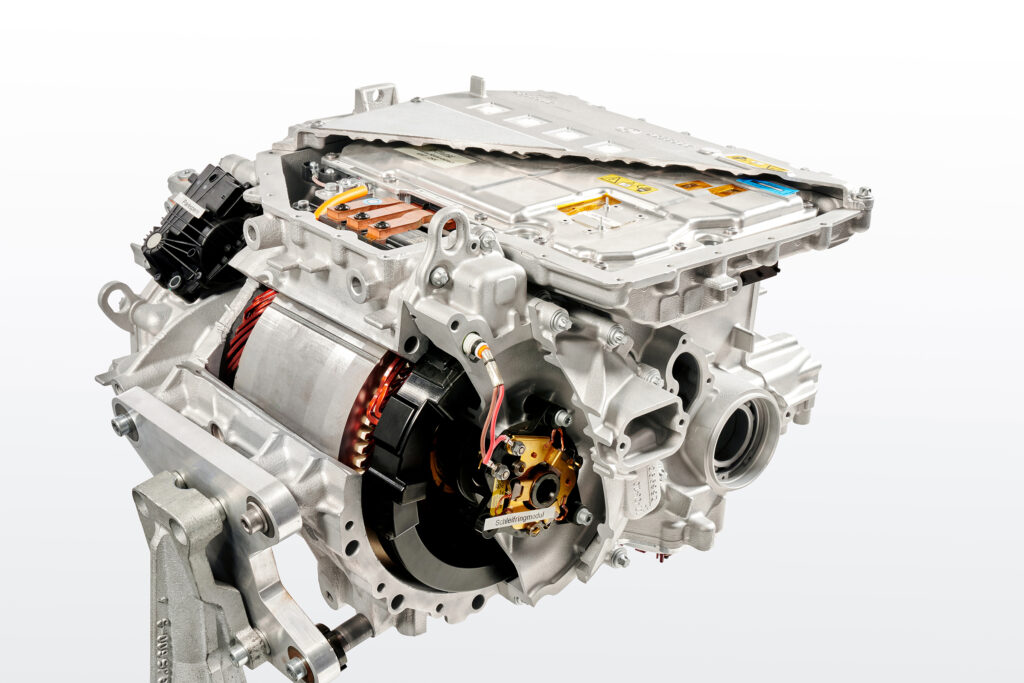
The BMW iX3 is what’s known as a Battery Electric Vehicle, or BEV. But you really don’t have to worry about the acronyms here, because that just means it has a big battery and is powered exclusively by an electric motor, with no petrol or diesel engine at all.
In other words, it’s an electric car.
That means you plug it in, recharge the batteries, and then drive using that stored electric power, topping it up at home or using a public fast charger when you need to. There’s no tailpipe, and no emissions, and if you charge using green energy, then your carbon footprint is effectively zero.
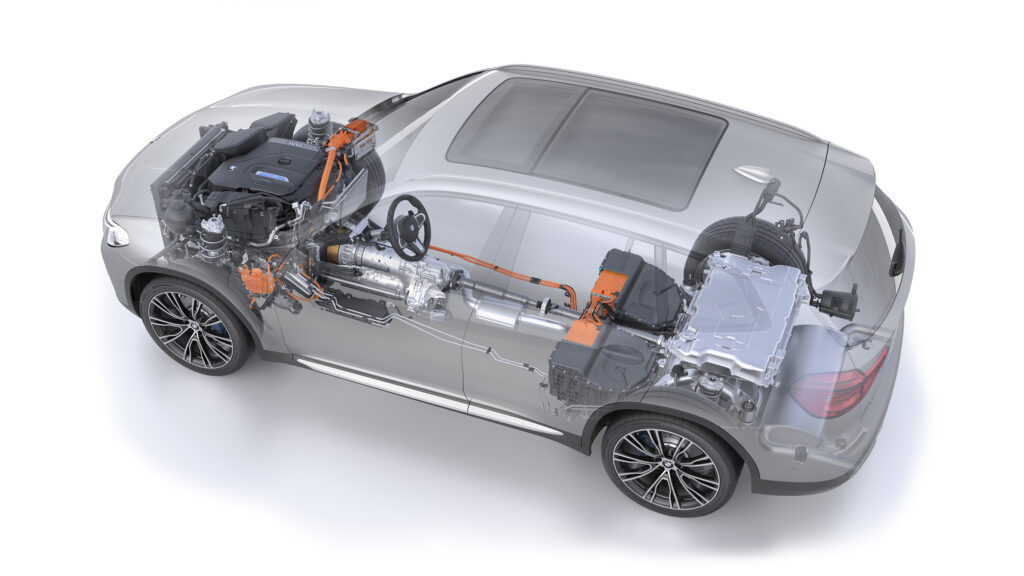
Ready for another acronym? The X3 xDrive30e is known as a PHEV, which simply means a plug-in hybrid electric vehicle. It too has an electric motor and battery, and you plug it in to recharge and can drive on pure battery power, but it also gets a fuel-efficient 2.0-litre petrol engine to help out.
So, you can think of this plug-in hybrid as a bit like the best of both worlds. The X3 xDrive30e can be an EV in the city, and an efficient petrol hybrid when you want to travel further afield.
DRIVING RANGE
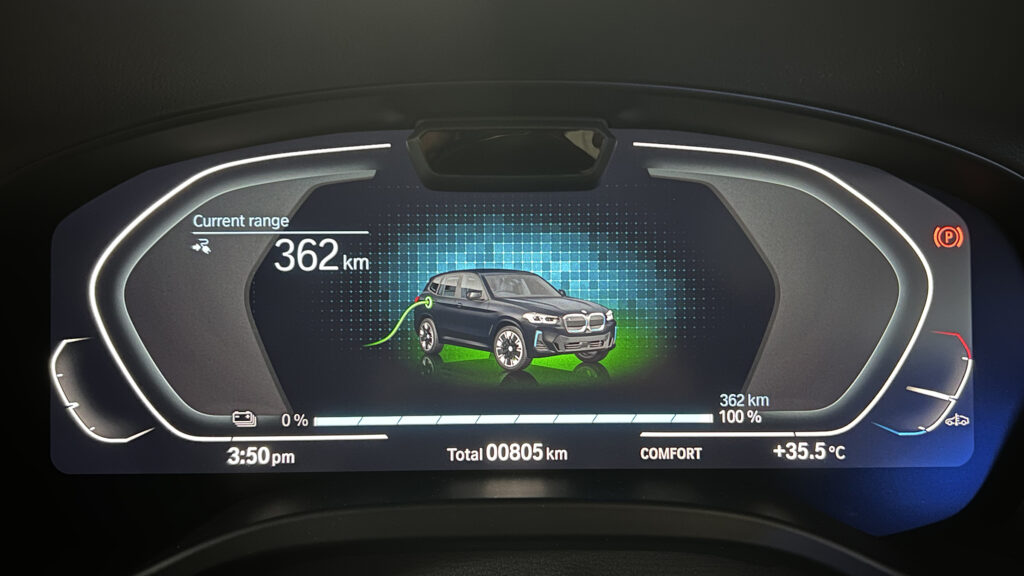
You hear a lot about range when it comes to electric vehicles. And it is important, though probably not quite as important as you might think.
You see, the average Australian drives just 36.4km per day. That’s it.
Which means, in a vehicle like this iX3, with its big 80 kilowatt-hour battery and a driving range of 460kms between charges, you might only need to plug it once every 12 days or so.
Most EV owners, though, plug in every night when they get home, which means they’re always ready to go, and only really have to use public chargers when they’re going on longer cross-country trips.
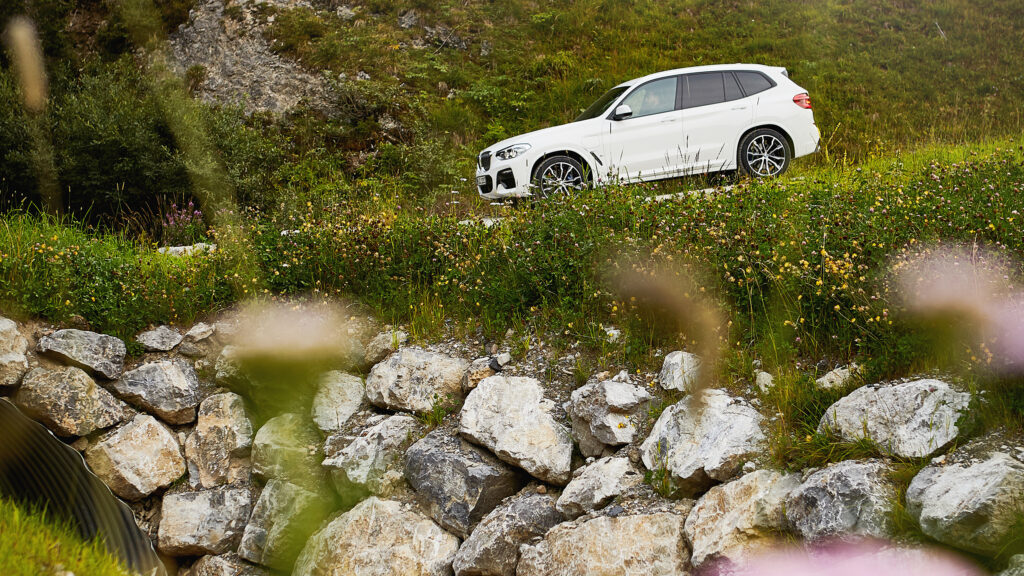
The 41km all-electric range from the xDrive30e is also more than enough to cover that 36.4km average daily driving distance, and if you plug it in each night then your entire working week can be done with zero emissions, just like in the iX3.
But the big difference with the plug-in hybrid is that, should you want to travel a little further, like on a road-trip or some cross-country adventure, then the 50-litre on-board fuel tank comes into play, meaning you can drive it just like you would any other petrol-powered vehicle, and simply refuel along the way as normal.
But unlike most petrol-powered cars, the xDrive30e is incredibly efficient, sipping just 3.2L/100km on the combined cycle.
That means you’ve got an EV in the city, and an efficient petrol-powered car for when you want to travel further afield.
CHARGING
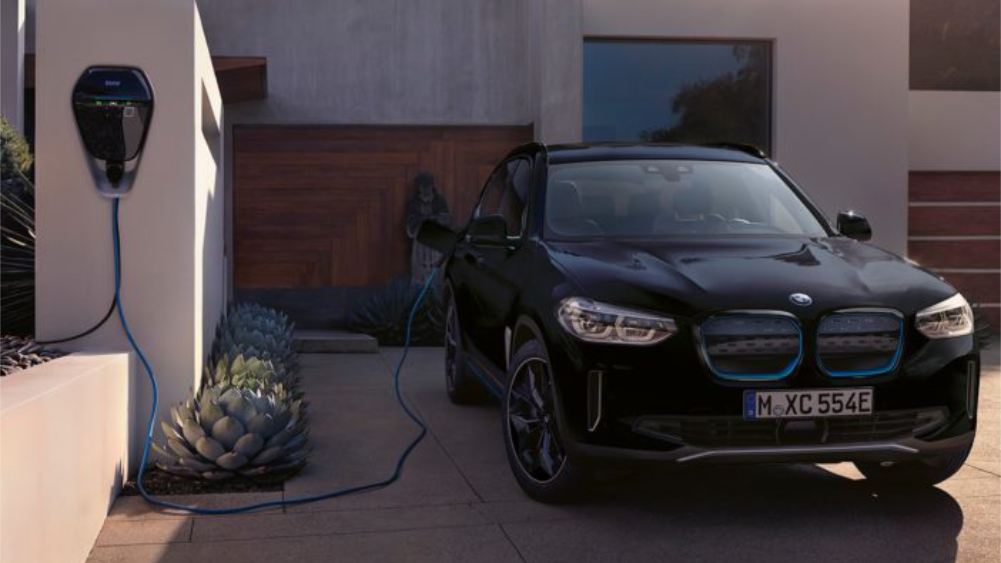
There are lots of ways to charge an EV, but the most common — and most convenient – is to use a wallbox charger at home, like the BMW Wallbox, which is easy to have installed when you buy your car, and can boost your home’s power supply to 11kW when charging.
Plugged into a BMW Wallbox, the iX3 takes 7.5 hours to go from zero to 100 percent charged, which means you’ll wake up ready to go in the morning.
And should you need to charge on the go, then a public 150kW DC fast charger will take you from 10 to 80 percent charged in just 32 minutes. Even more clever, should you ever find yourself running out of range when on the road and in a hurry, that same DC charger will give you 100kms of charge in just 10 minutes. About as long as it takes to get a coffee and drink it.
Better still, you get a five-year charging subscription that means free charging at Chargefox locations – which is a bit like getting a free fuel card in a traditional petrol-powered car!.
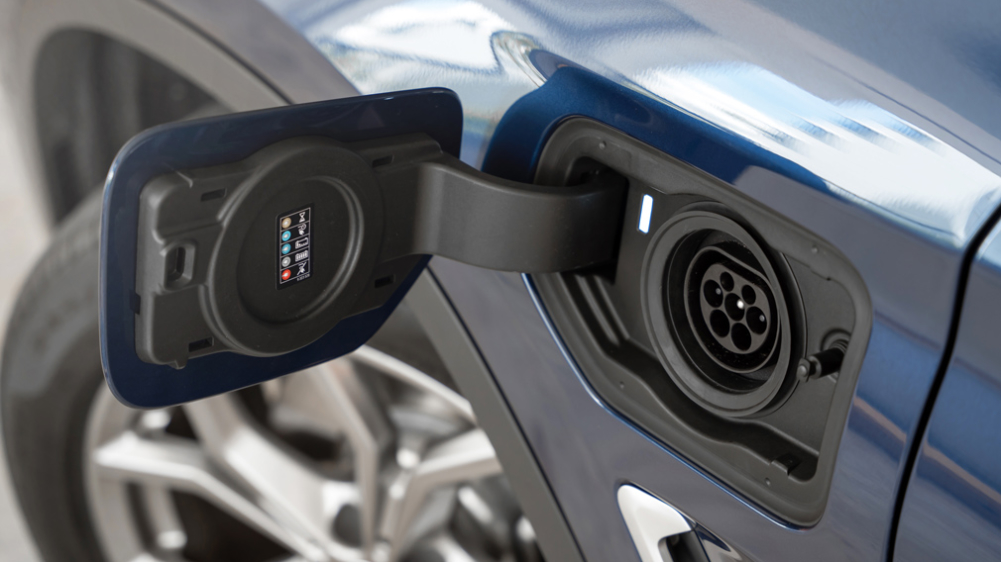
The xDrive 30e has a smaller, 12kWh battery, and so charging is quicker. Plugged into a BMW Wallbox, your battery will go from empty to 80 per cent charged in around 2.5 hours, and to fully charged in less than four hours.
WHICH ONE IS RIGHT FOR YOU?
So which EV technology is right for you? Well, it’s a personal choice, of course, but there are some factors to consider.
If yours is a mostly urban life, and you have easy access to overnight charging, then a fully electric vehicle like the BMW iX3 could be the perfect fit for you. It’s a mean, green driving machine that excites from behind the wheel, and with a range of 460kms, day trips and weekends away await.
But what if you don’t have access to daily charging? And what if you love driving super-long distances, either for work or just to get away from it all? It’s here that a plug-in hybrid like the X3 xDrive30e fits perfectly.
It’s an EV when you want it to be, but an efficient long-distance tourer, too.
So we know the world is going electric. And no matter whether you choose a plug-in hybrid of a fully electric vehicle, you’ll see your fuel bills go down, you’re driving fun go up, and you’ll playing your part in making the world a cleaner, greener place.

